What to consider when buying artificial grass
There are 4 main things to consider when you’re looking to buy artificial grass:
- The style and the type of artificial grass you want
- Your own installation requirements
- Your budget
- The amount of time you’re able to dedicate to upkeep and maintenance
Which style of artificial grass you choose is down to your personal tastes. You may want something that’s cost-effective and simple for a small garden or balcony, or you may want plush, deeper pile grass to form your main lawn. For that extra bit of style, some artificial grass even comes with stripes!
What is the cost of artificial grass?
As with anything, you can spend as much or as little as you like. Generally, the price of artificial grass will determine how ‘real’ it looks and feels. As you move up the price range, you’ll get more variation of greens and browns for that natural look, and the fibres are longer and denser to provide a more luxurious feeling underfoot. Of course, it’s possible to find cheaper artificial grass elsewhere, but it’s usually low quality and only suitable for temporary installations.
Things to consider with the cost of artificial grass
As a very rough guide, artificial grass costs between £60 - £80 per m2 to install, not including the cost of the turf itself. It’s possible to lay artificial grass yourself to save money but when you include the cost of hiring tools and how long it will take you, it might not be as attractive a proposition as you first thought. For both professional turf installation and the ‘doing it yourself’ option, there are extra costs to consider:
- Installation - In the UK, the size of the average area for installing artificial grass is around 40-50m2. Professional fitters will generally charge between £100 and £150 per person, per day. If they are also required to do some prep work, then the whole project could take 2-3 days. If it’s just the installation, they may be able to do it in a single day.
- Prepping the base - However, if you need to lay a concrete base underneath your artificial grass, this will need time to dry before the grass can be installed. The additional prep work and extra time required will also increase the cost.
- Additional materials - You also need to consider the cost of the materials for the sub-base, as well as the sand infill, and any foam underlay you may decide to use. For a project of 40m2, you would need 4-5 tonnes of sand for the bedding, to cover it at a depth of 50mm. This would cost you in the region of £300-400. You would need another half a tonne of fine sand to brush over the top. This would cost around £50.
- Skip hire - Finally, you should find out how much it would cost to hire a skip to dispose of your old turf and soil. A medium skip is around £200 to rent for one week.
How much does it cost to lay artificial grass?
If you’re considering switching over to artificial grass, the upfront costs can sometimes leave you feeling a little green. While artificial grass is initially more expensive than natural turf - especially when you include the cost of installation - it will save you lots of time and money over the course of its life, as artificial grass maintenance is a lot simpler than looking after actual grass. You’ll rejoice at not having to spend money maintaining your garden, on things like lawnmowers and other gardening equipment, watering, reseeding, fertiliser, food and more. When you choose artificial grass, you’re paying for the convenience of very little maintenance and year-round good looks.
How much does it cost to install artificial grass myself?
You may want to save money by installing it yourself, although there are a few costs you’ll need to factor in.
For example, there are a lot of tools you’ll need to hire to install your artificial grass, and these are usually on a weekly basis:
- A turf cutter - £100
- Compactor plate - £40-£50
- Skip hire - £200
- Turntable trolley (to carry the turf) - £45
- Sand spreader - £200-£400
The main bonus of opting to install artificial grass yourself is that these costs don’t rise with the size of the project, so in the case of a larger project where you’d pay a professional by the square metre, doing it yourself could save you a significant amount.
How much does artificial grass cost compared to real grass?
One of the main disadvantages of artificial grass is the upfront cost, which, for many, is significant. However, artificial grass maintenance costs are essentially zero, and with an expected lifespan of 15 to 20 years, the cost of artificial grass will often end up paying for itself.
Natural grass, on the other hand, requires the purchase of a lawnmower (maybe two in that time frame) at several hundred pounds, it also requires watering during the summer months. For example, a 50m2 lawn would require roughly 1.5 cubic metres of water every time. This is 1500 litres (nearly 20 bathtubs), which at around £2.50 a cubic metre would cost around £375 - £400 a year if watered every week. Then there’s the cost of lawn feed or fertiliser at around £25 per bag, as well as weed killer at a cost of around £20 per 5L bottle.
If you’ve decided a hassle-free garden is for you, we've also put together a guide for
how to lay artificial grass on concrete. Now armed with all the information you need, you can make the right decision for your home.












































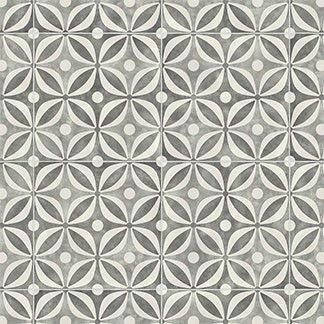
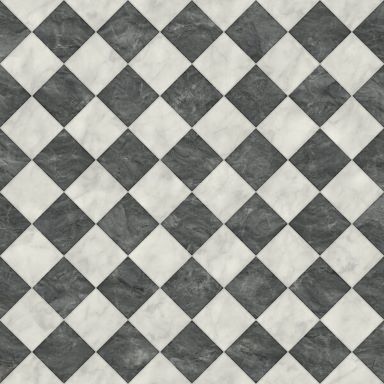

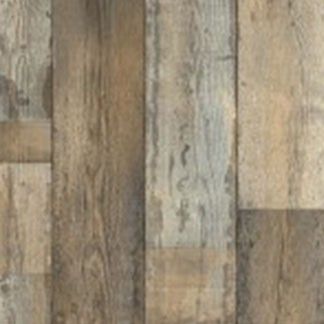











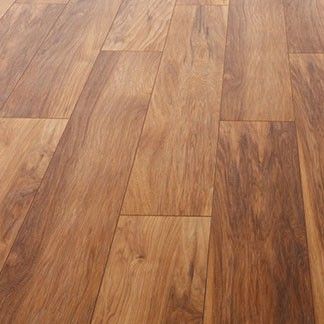
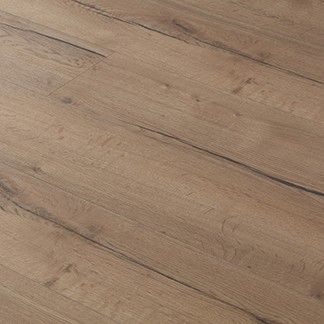












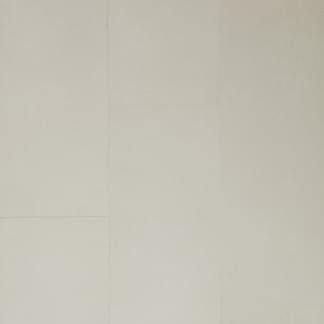




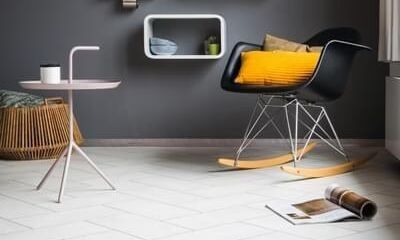
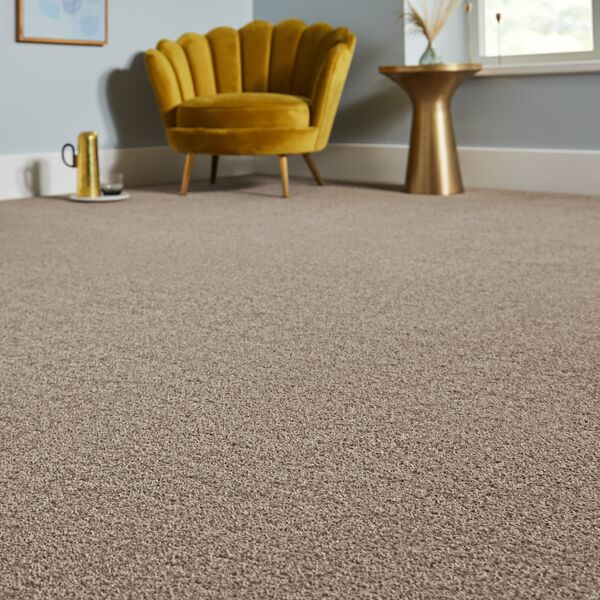
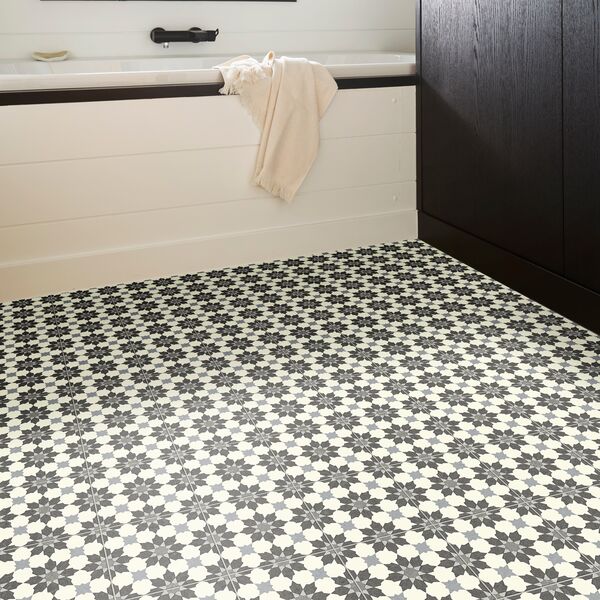
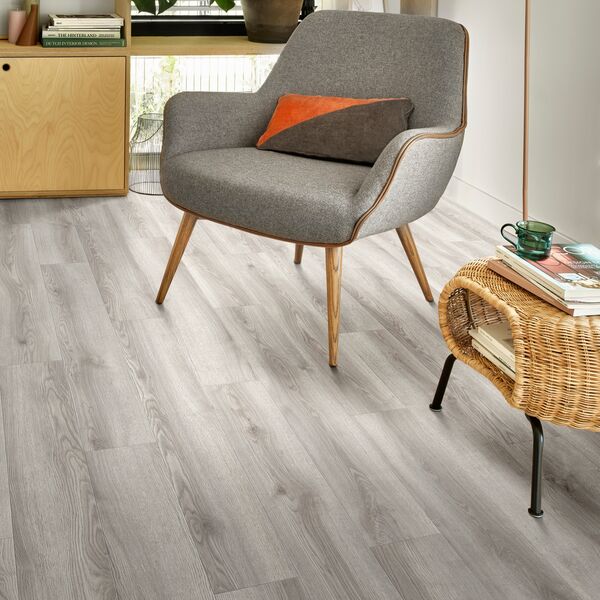

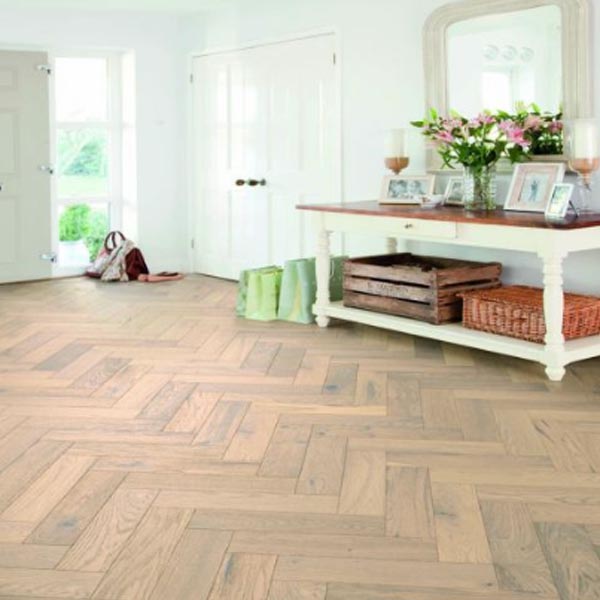

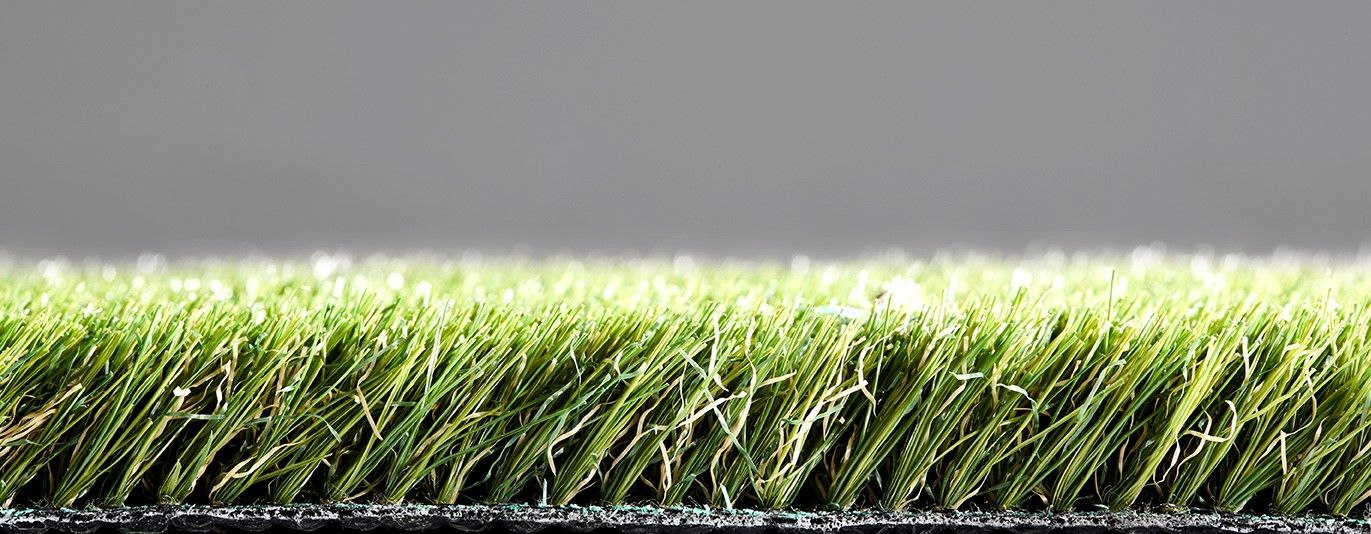
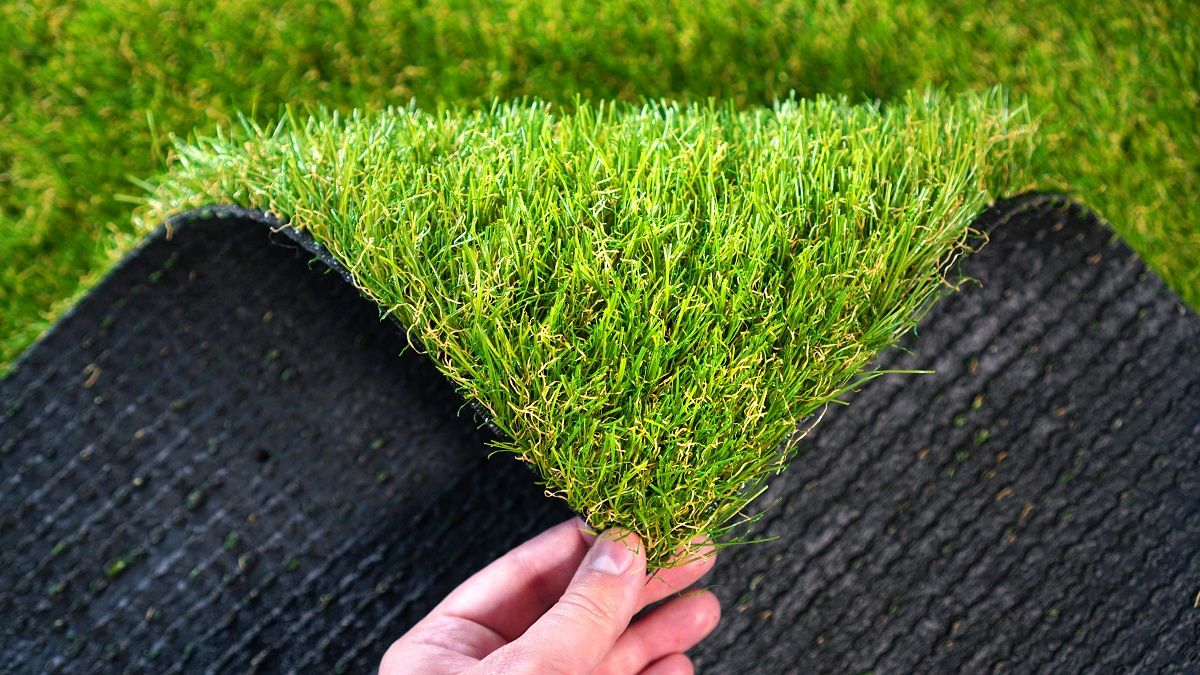

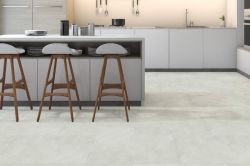

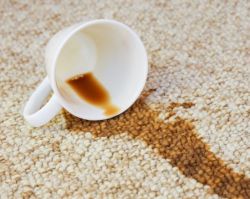





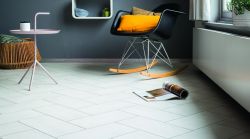

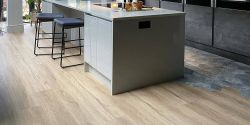

-250.jpg)
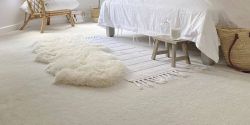

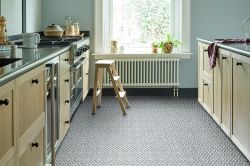

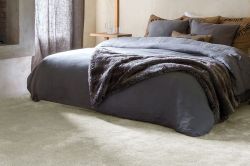

-250.jpg)
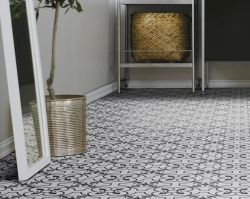

-250.jpg)
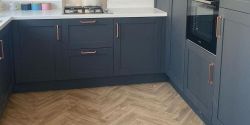
 copy-250.jpg)

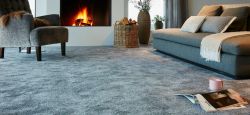






-250.jpg)
 - Article Image (not header)-250.jpg)
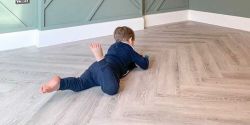
-250.jpg)

-250.jpg)








